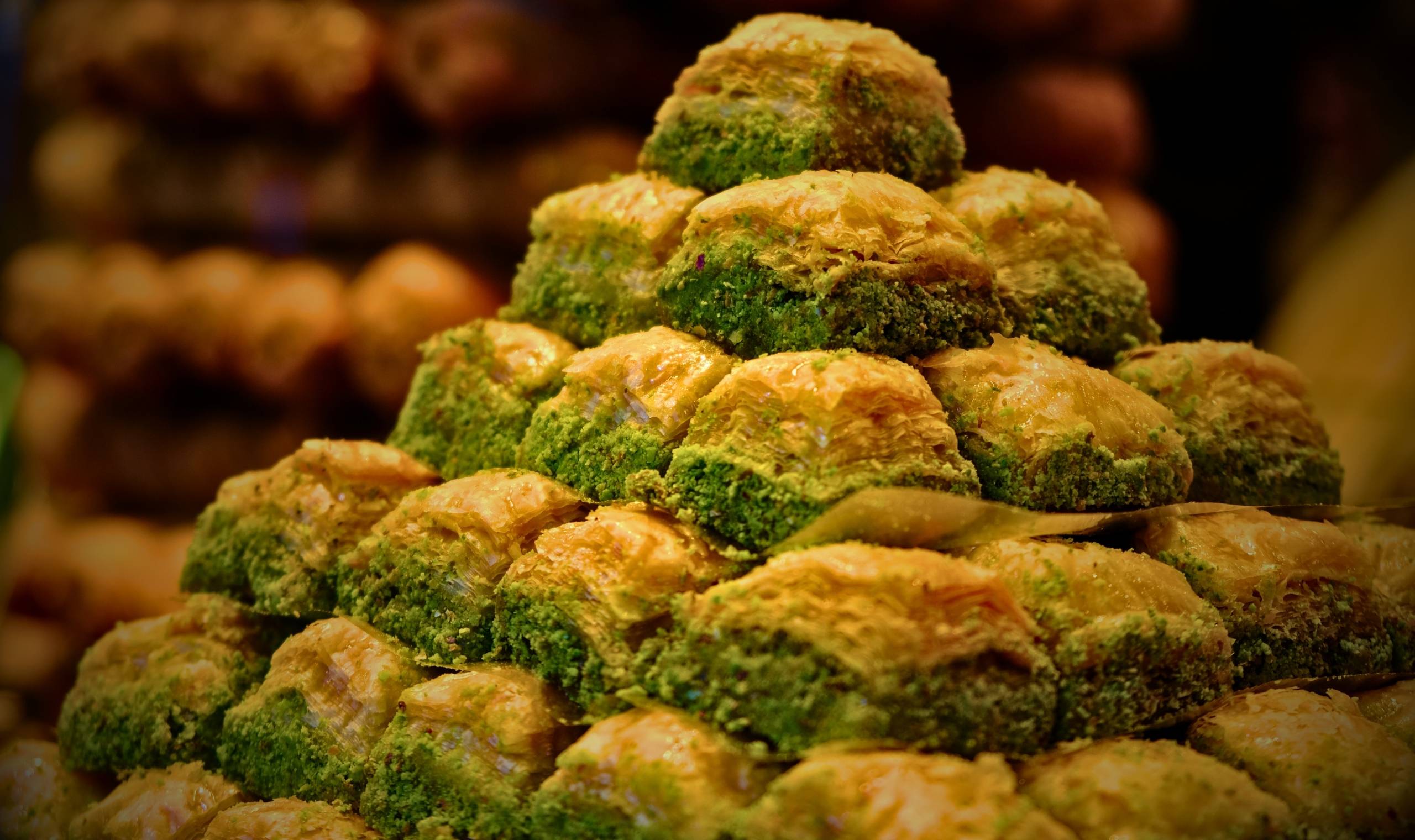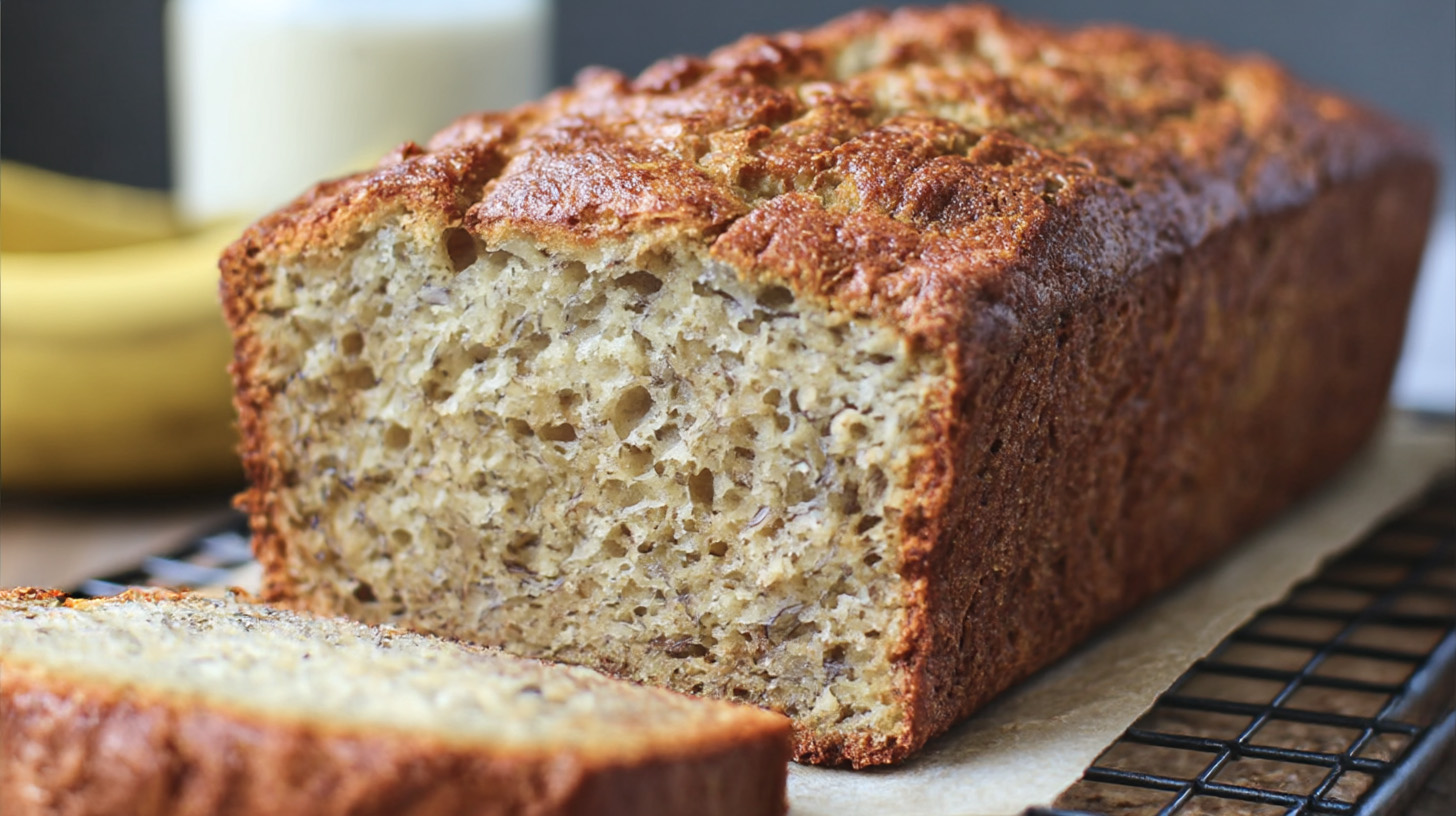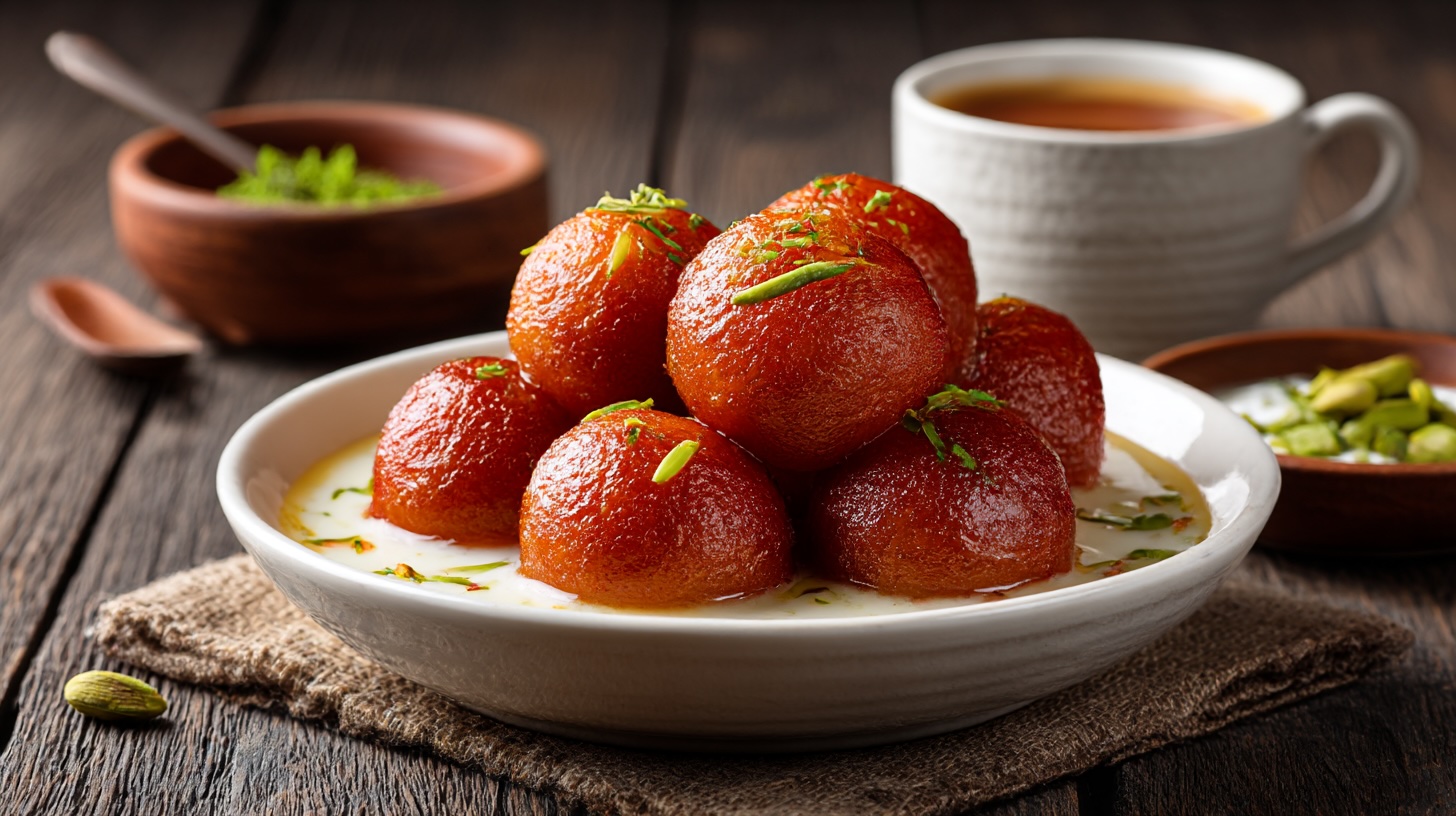Baklava: The Sweet Symphony of Layers and Legends
Baklava is more than just a dessert; it’s an edible work of art. This iconic pastry, with its flaky layers of phyllo, crunchy nuts, and luscious honey or syrup, has been winning hearts (and stretching waistlines) for centuries. Whether you find it in a bustling Istanbul bazaar or a quaint Mediterranean café, baklava is the kind of treat that sticks in your memory—and your teeth—in the best way possible.
A Dessert Steeped in History
The origins of baklava are as layered as the pastry itself. While it’s often associated with Ottoman cuisine, its roots go much deeper, likely tracing back to ancient Mesopotamia. Early versions of layered pastries can be found in the culinary histories of the Assyrians, Greeks, and Persians. The Ottomans, however, are credited with refining and popularising the version we know today.
During the Ottoman Empire, baklava was considered a luxury, reserved for the elite. It was famously served at the Topkapi Palace in Istanbul, where sultans would use it to impress guests and celebrate special occasions. Over time, it trickled down to the masses, becoming a staple in homes and bakeries across the Middle East, the Mediterranean, and beyond.
Regional Twists on Baklava
Baklava may have a shared foundation, but each region puts its own spin on the classic recipe. In Turkey, pistachios reign supreme, and the syrup often includes a hint of rose or orange blossom water. Greek baklava leans heavily on walnuts and honey, creating a sweeter, earthier flavour profile.
In Lebanon, a lighter version with cashews or almonds is common, while in Iran, spiced cardamom and saffron elevate the dish to new aromatic heights. Even within countries, you’ll find endless variations, from the shape of the pastry to the type of nuts used. It’s a dessert that adapts beautifully to local tastes, proving that baklava is as versatile as it is delicious.
Drinks That Pair Perfectly
Baklava is rich, so the right drink can make all the difference. In Turkey, it’s traditionally served with a strong, dark Turkish coffee, which balances the sweetness with a touch of bitterness. In Greece, an iced frappe or a cup of hot mountain tea does the trick.
For something more indulgent, a glass of dessert wine like a Sauternes or a Muscat complements the honeyed notes of baklava beautifully. If you prefer non-alcoholic options, mint tea or a spiced chai provides a refreshing contrast to the rich pastry.
The Perfect Plate Partners
While baklava is a showstopper on its own, it plays well with others. Serve it alongside a bowl of fresh fruit, like figs or pomegranates, to add a touch of brightness. A dollop of thick, tangy Greek yoghurt can also cut through the richness, providing a satisfying balance.
For a full Middle Eastern spread, pair baklava with treats like maamoul (date-filled cookies) or basbousa (a semolina cake soaked in syrup). If you’re hosting a dinner party, baklava makes a stunning finale to a meal of lamb kebabs, tabbouleh, and roasted vegetables.
The Magic of Phyllo Pastry
Phyllo is the unsung hero of baklava. Paper-thin and incredibly delicate, it’s what gives the dessert its signature crunch. Each layer is brushed with melted butter, creating the perfect balance of crispness and richness. Making phyllo from scratch is a labour of love, but store-bought versions work beautifully for home bakers.
The key to great phyllo is handling it gently and keeping it covered with a damp cloth while you work. The result? Layers so crisp and golden, they practically shatter under your fork.
Nuts, Syrup, and Everything Nice
The filling of baklava is where you can let your creativity shine. Pistachios, walnuts, and almonds are the most common choices, but hazelnuts or pecans can also work beautifully. The nuts are finely chopped and mixed with sugar and spices, creating a filling that’s both crunchy and flavourful.
The syrup is equally important. A blend of sugar, water, and either honey or floral waters is cooked until thick and glossy. Once the baklava is baked, the syrup is poured over the hot pastry, soaking into the layers and binding everything together. The result? A dessert that’s sticky, sweet, and utterly irresistible.
A Recipe for Baklava Bliss
Ingredients:
For the baklava:
- 300g phyllo pastry
- 200g unsalted butter, melted
- 250g mixed nuts (pistachios, walnuts, almonds), finely chopped
- 2 tbsp sugar
- 1 tsp ground cinnamon
For the syrup:
- 200g sugar
- 120ml water
- 3 tbsp honey
- 1 tsp lemon juice
- 1 tsp rose or orange blossom water (optional)
Method:
Preheat your oven to 180°C (160°C fan). Grease a rectangular baking dish with melted butter. Lay a sheet of phyllo in the dish, brushing it with butter. Repeat with half of the phyllo sheets, layering and buttering each one.
Mix the nuts, sugar, and cinnamon in a bowl. Spread the mixture evenly over the phyllo layers. Top with the remaining phyllo sheets, again brushing each with butter. Using a sharp knife, cut the baklava into diamonds or squares.
Bake for 30-35 minutes, or until golden and crisp. While the baklava bakes, prepare the syrup by simmering the sugar, water, and honey until slightly thickened. Stir in the lemon juice and floral water, if using, and let it cool slightly.
Once the baklava is out of the oven, immediately pour the syrup over it, ensuring it soaks into all the cuts. Let it cool completely before serving. It’s worth the wait, we promise.




3 comments